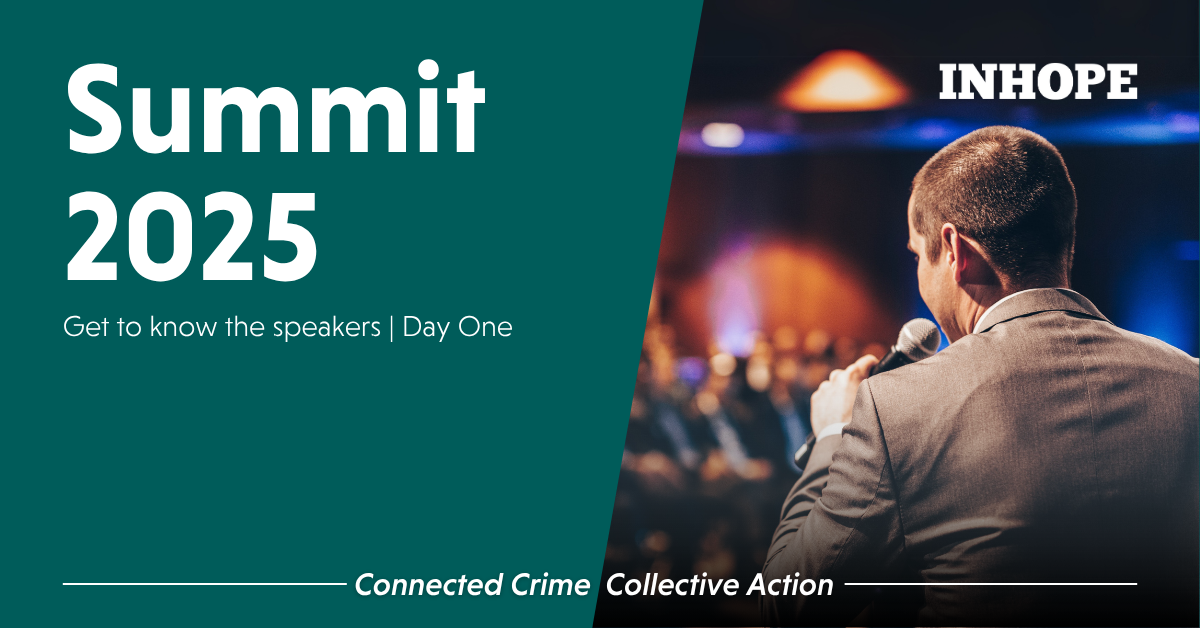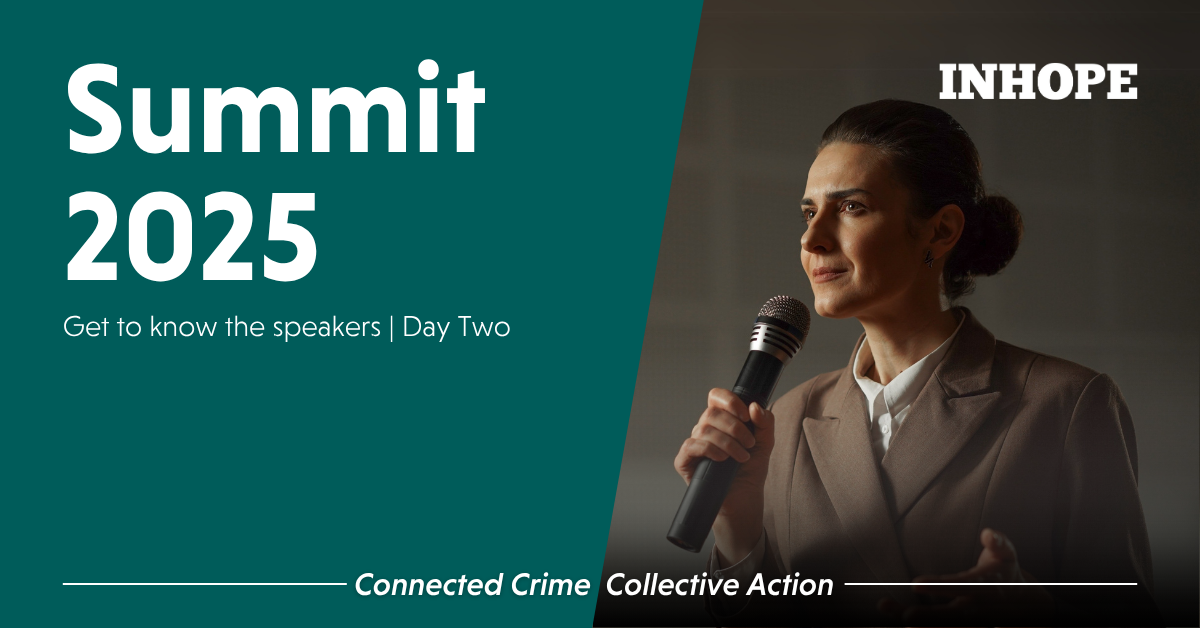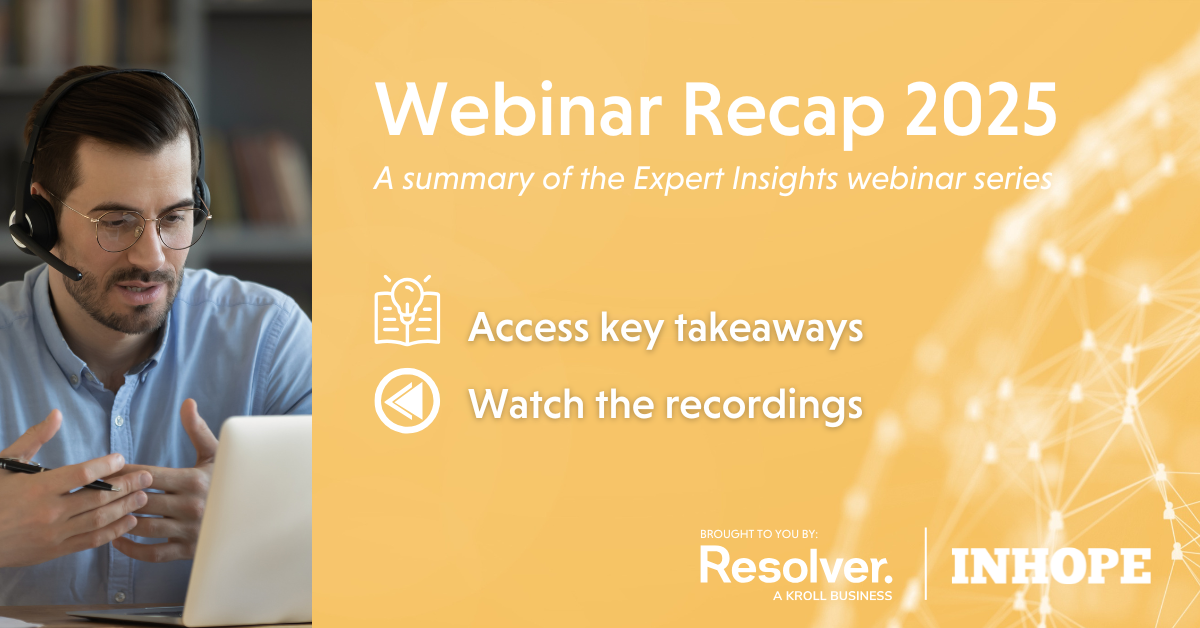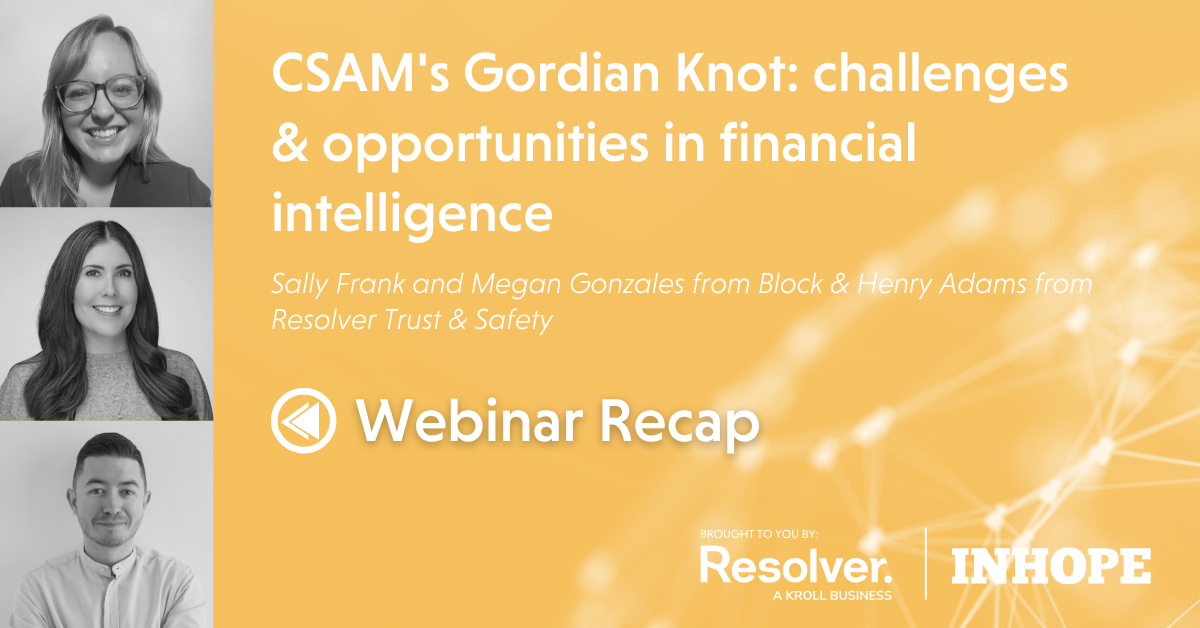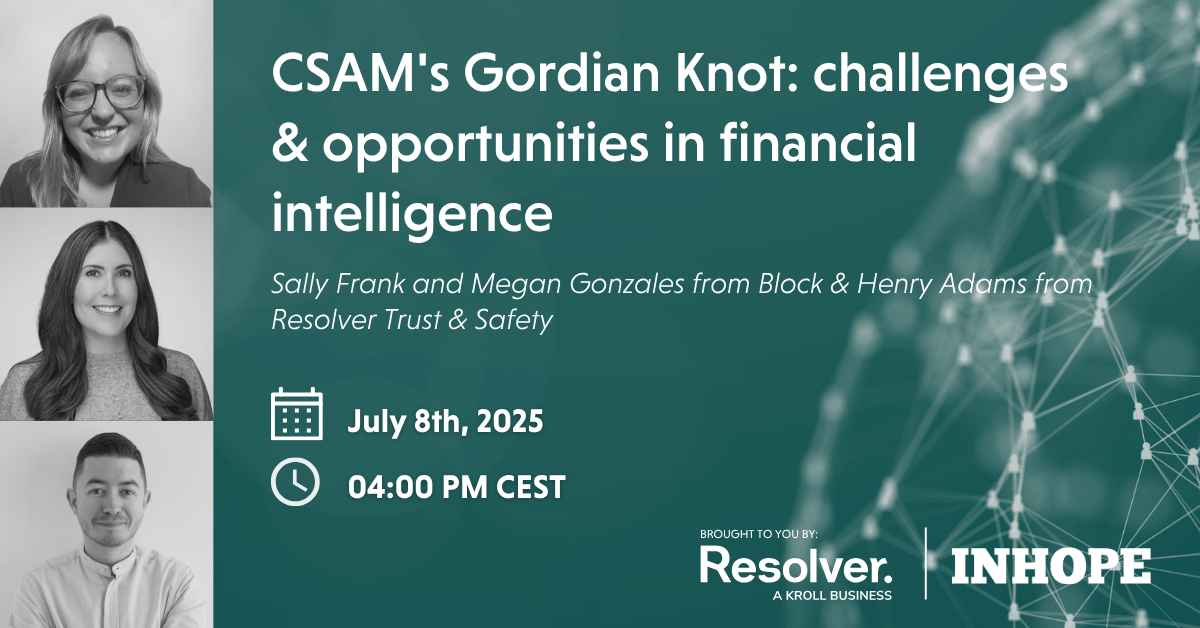Article
Events & Campaigns
Webinar Recap: The use of OSINT in the fight against CSAM
The 2023 Expert Insights season came to a close. During the last webinar of this season, attendees witnessed a fascinating presentation on the value of open-source intelligence (OSINT) in supporting and advancing law enforcement investigations. Maike Borst, a digital specialist at the Dutch National Police outlined various different approaches to using OSINT to identify locations, victims or offenders.
OSINT involves using publicly available data to gather information about an individual, location or organisation. It is a vital component of law enforcement’s investigation process utilised to investigate cases of child sexual abuse and exploitation. After working in various divisions within the Dutch Police, Maike founded a special team focused on solving crimes using OSINT techniques.
She also introduced regular OSINT hackathons, during which police officers with advanced digital skills and OSINT investigators work together on a longtime investigation to solve a case. This could for example include locating a missing person. Maike explained, that these hackathons can be incredibly useful not only to advance investigations and solve both older and new cases but can also be valuable for police officers who want to learn more about OSINT to get familiarised with common OSINT techniques. Especially in cases that seem to have reached a point of no further leads, OSINT can help to think outside the box and uncover new angles that were previously hidden.
How OSINT can advance investigations
During her presentation, Maike Borst took attendees on a deep dive through five investigation cases, which were advanced or solved with the use of OSINT. She explained that in combination with police data, OSINT can be extremely valuable in identifying bad actors, or the potential whereabouts of missing persons. The specific details of these cases have to remain confidential, but we are able to provide a brief overview of the most important takeaways from each case.
Case One: Identification
In the first case outlined by Maike, OSINT was used to identify offenders through metadata in digital files. So-called EXIF data, which is associated with image or video files and contains information about the device, and sometimes its location can be useful in identifying potential offenders. Maike explained, that it is usually a combination of OSINT and police data that helps to identify offenders.
Case Two: Geolocation
Various OSINT methods can be used to determine the location of a person in an image or video. Maike outlined that it can be helpful to identify distinct objects or locations visible in the image. Landmarks, local brands, or foreign languages can all be indicators of the location. Reverse Google image search can be a helpful tool in identifying items or places.
Case Three: Victim Statement
Maike explained, that even for cases in which no technology was involved, OSINT can be a useful tool in identifying offenders. Sometimes just as much as a victim statement can help pinpoint specific characteristics of the offender which can then be found through OSINT techniques.
Case Four: Usernames
Many people use usernames to disguise their identity online. Even though usernames might seem entirely anonymous, internet searches with various browsers like Google. Bing, Yandex, DuckDuckGo, Ask, Wow and more can help identify linked accounts, more information about the username origin or other information that could be useful in identifying the person behind the account. Maike emphasised the importance of not giving up in cases where the original account is deleted. “Bad actors will always try to create a new account or start over if their original account was deleted – don’t stop looking if the account is gone."
Case Five: Something Old
Even in cases where very old technology has been used e.g. film photography, VHS video etc. OSINT can be a useful tool in identifying locations or victims. People or places visible in old photographs, for instance, might have created social media accounts or shared other traceable information online. Maike emphasised how in any case, regardless of how old OSINT might be a useful tool in advancing investigations.
All the cases Maike outlined in her presentation pointed towards one conclusion: combining OSINT with police information offers opportunities for amazing breakthroughs in both old and new investigations and can save victims' lives.
But the police alone, cannot do everything on their own. Collecting data and information in the form of reports is critical in advancing their work and collaboration both with hotlines, online platforms and hosting providers are crucial. If you want to contribute to keeping children safe online you can visit Europol's website to help them recognise objects to advance investigations. Trace an object here.
We must continue to raise awareness of the importance of public reporting and encourage anyone who comes across harmful material online to immediately report it to their local hotline. Click here to find your national hotline.
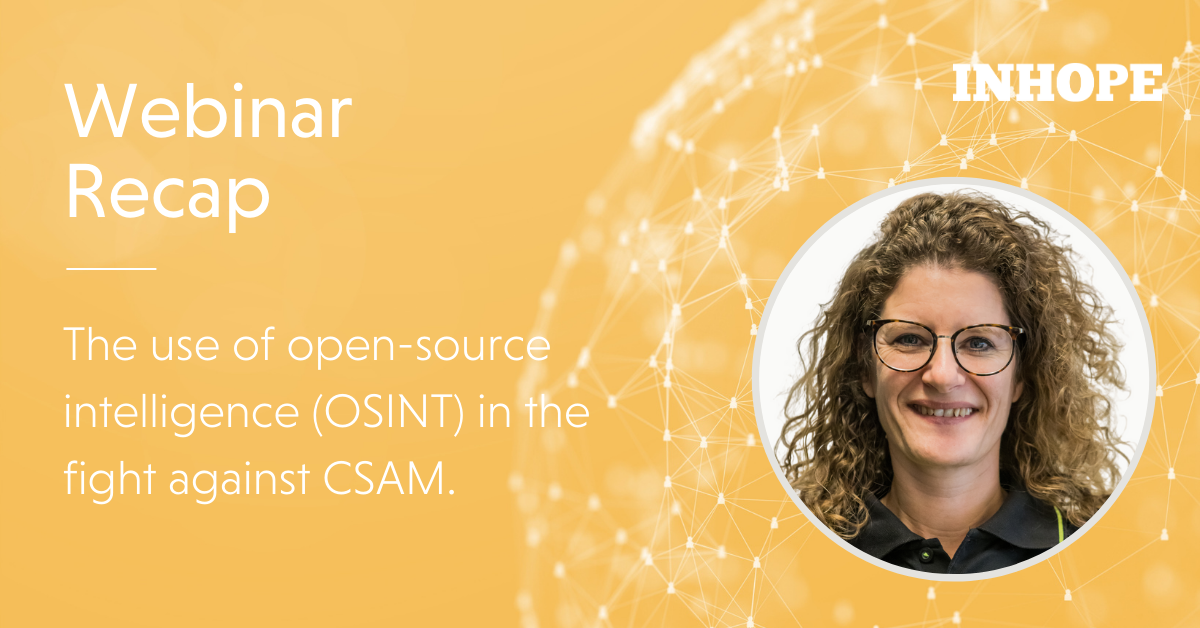
OSINT involves using publicly available data to gather information about an individual, location or organisation.
'
